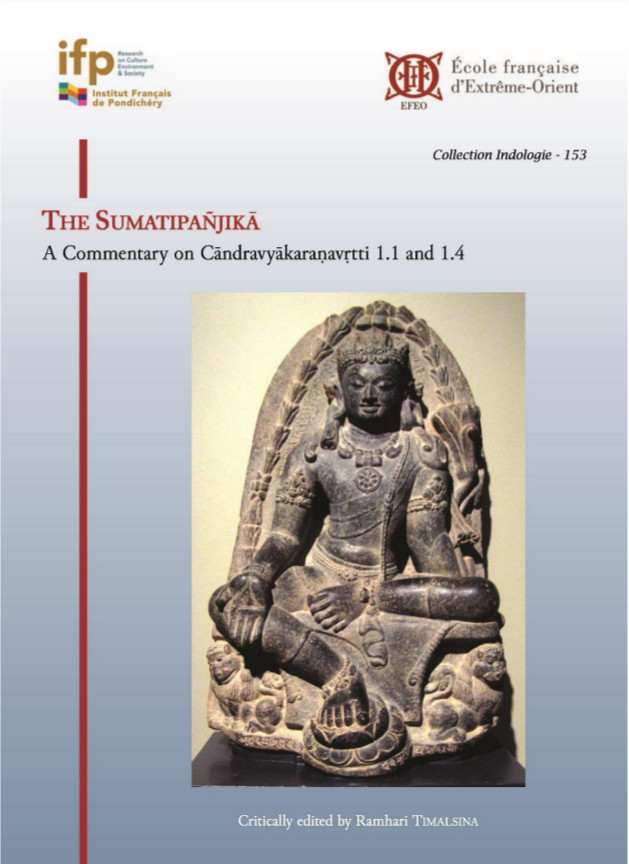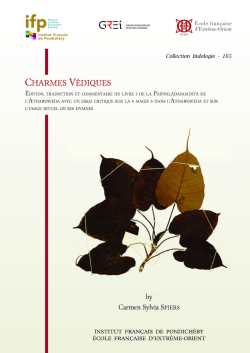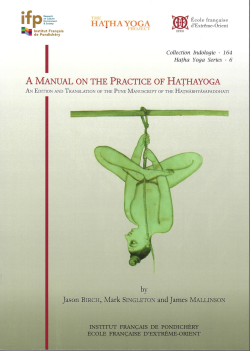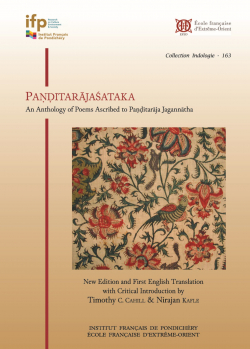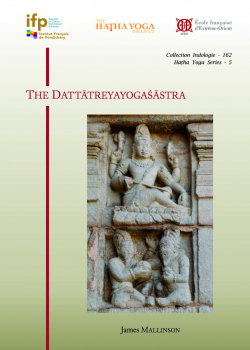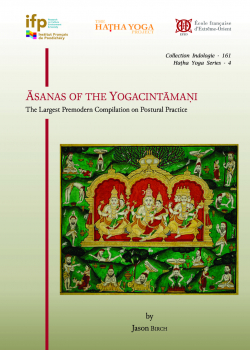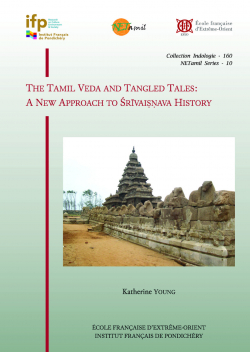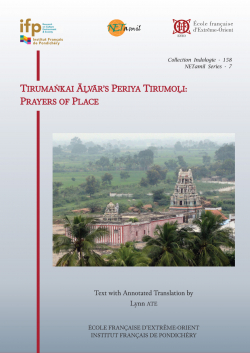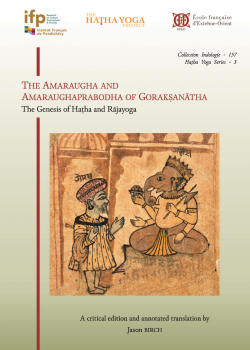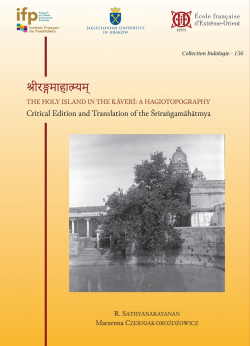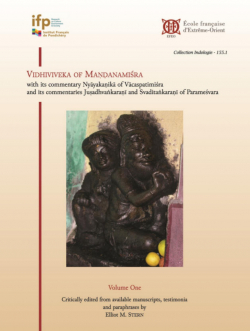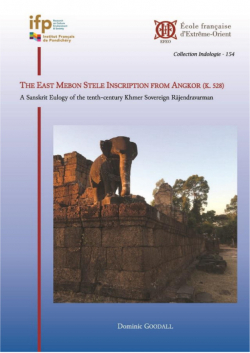Le catalogue des Éditions de l'EFEO, riche d'environ 900 titres, propose des publications portant sur l'Asie, depuis l'Inde jusqu'au Japon, et couvrant un large spectre disciplinaire en sciences humaines et sociales (archéologie, histoire, anthropologie, littératures, philologie, etc.).
Ces publications, si elles s'adressent d'abord à la communauté scientifique, intéressent également un public attiré par les civilisations et sociétés d'Asie.
The Sumatipañjikā
A Commentary on Cāndravyākaraṇavṛtti 1.1 and 1.4
Collection : Collection Indologie
Numéro de collection: 153
Éditeur: Ramhari Timalsina
Édition: EFEO, Institut français de Pondichéry (IFP)
Année de parution: 2022
Statut : Disponible
40,00 €
ISBN-13 : 9782855392592
ISSN : 0073-8352
Largeur : 17 cm
Hauteur : 24 cm
Poids : 0.8 kg
Nombre de pages : 444
Distributeur : EFEO Diffusion, EFEO Pondichéry Contact : shanti@efeo-pondicherry.org
Géographie : Inde
Langue : Anglais, Sanskrit
Lieu : Pondichéry
Support : Papier
Description :
24x17, XX+424 p., anglais, sanskrit, broché
Collection Indologie n˚153
Numéro ISBN (IFP) : 978 81 8470 245 3
Résumé
L'histoire de la tradition grammaticale sanskrite a jusqu'à présent été largement dominée par les travaux sur l'oeuvre de Pāṇini et de ses disciples. À l'inverse, les contributions des autres écoles grammaticales sanskrites restent relativement peu connues, alors qu'elles ne sont pas moins riches et intéressantes. Le présent ouvrage contribue à combler cette lacune en livrant une première édition critique de deux extraits de la Sumatipañjikā (1.1 et 1.4), un commentaire du Xe siècle de notre ère sur la grammaire sanskrite de Candragomin, le fondateur de l'école éponyme candra, par un auteur bouddhiste du nom de Sumati. L'édition, présentée sous forme d'une édition critique suivie d'une édition diplomatique, est basée sur trois manuscrits (deux du Népal et un du Bengale) datant des XVe et XVIe siècles et copiés en écriture Newari. L'édition proprement dite est précédée d'une introduction qui traite de l'histoire de l'école candra de grammaire sanskrite et examine, entre autres choses, la manière dont cette tradition a été maintenue vivante dans les régions du Népal et du Tibet, en dialogue constant avec l'école pāṇinéenne.
Table des matières
Notes
Vous pouvez également commander ce titre auprès de notre centre de Pondicherry via l'adresse suivante :
shanti@efeo-pondicherry.org
Ou bien, auprès de l'Institut français de Pondicherry via l'adresse suivante :
library@ifpindia.org
Les commandes à destination de l'Inde doivent être placée auprès de notre centre de Pondicherry ou de l'Institut français de Pondicherry.
À propos de l'éditeur
Ramhari Timalsina
Ramhari Timalsina a enseigné la linguistique à l'Université népalaise Tribhuvan (2004-2008) et la grammaire sanskrite à la Mahendra Sanskrit University (2009-2014), également au Népal. En 2014, après avoir travaillé comme chercheur au sein du Nepalese-German Manuscript Cataloguing Project (NGMCP) pendant une douzaine d'années, il s'est inscrit à l'université de Göttingen pour y suivre des études doctorales. Depuis 2018, il travaille à l'Académie des Sciences et des Lettres de Heidelberg en tant que chercheur associé.
